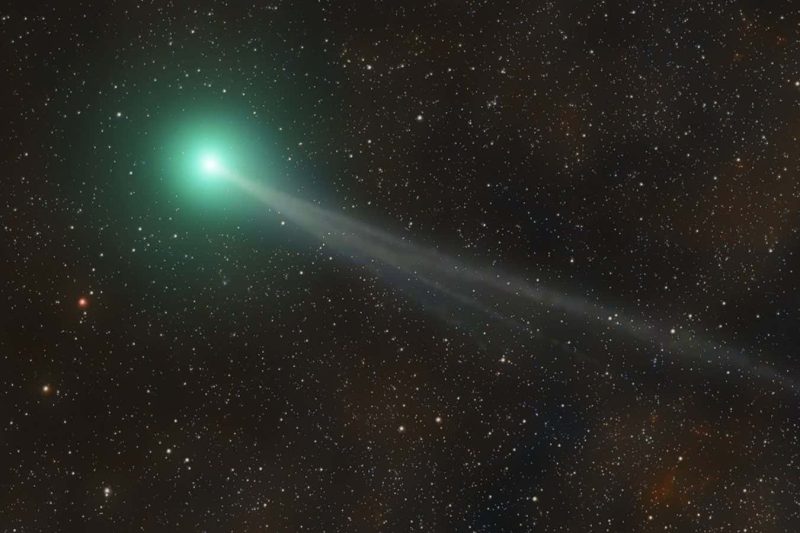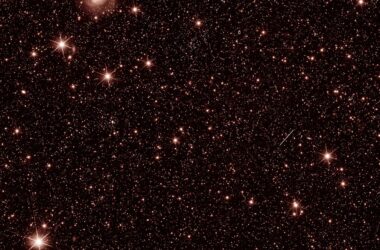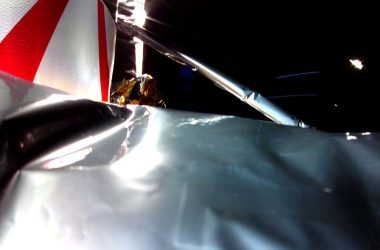Comet Nishimura, also known as C/2023 P1, is a comet that can be seen in the northern hemisphere this week. Its green tail shines in the early morning hours as it approaches the sun. However, it won’t be visible from the southern hemisphere until late October.
When and Where to Look
Observers in the northern hemisphere can spot Comet Nishimura in the mornings before sunrise until September 17, when it will pass closest to the sun. The best time to look is early in the morning, but as it gets closer to the sun, it will become harder to see. After September 17, visibility in the northern hemisphere may diminish, but it could still be visible from the southern hemisphere.
Look towards the north-east around an hour before sunrise, and you should be able to see the comet low in the sky, specifically in the constellation Leo. If you need assistance in locating the comet, you can use a stargazing app that will help you determine its exact position based on your location.
Spotting Tips
If you can’t see the comet with your naked eyes, trying using binoculars. They will enhance your visibility and allow you to potentially see the shape of the comet’s tail. Without visual aids, the comet might just appear as a fuzzy blob. Don Pollacco, an astronomer at the University of Warwick, UK, recommends using binoculars, stating that the comet may be visible to the naked eye, but it’s uncertain. With comets, visibility can vary.
Rarity of Comet Nishimura
Comet Nishimura was discovered just one month ago by amateur astronomer Hideo Nishimura. This makes it relatively rare as we typically have more time to observe and predict the visibility of comets in our skies. While comets visible to the naked eye are not exceedingly rare, this particular comet takes 437 years to orbit the sun, meaning it won’t return until the 25th century.
The Green Color
Comet Nishimura appears green due to the presence of a rare carbon gas called diatomic carbon in its coma. The coma is the gas enveloping the comet’s nucleus.
What are Comets?
Comets are icy and rocky objects that orbit the sun, originating from the Oort cloud in the outer solar system. When comets come close to the sun, the heat causes the ice to vaporize, creating a tail that flows away from the comet. Predicting the visibility of comets from Earth can be challenging.








